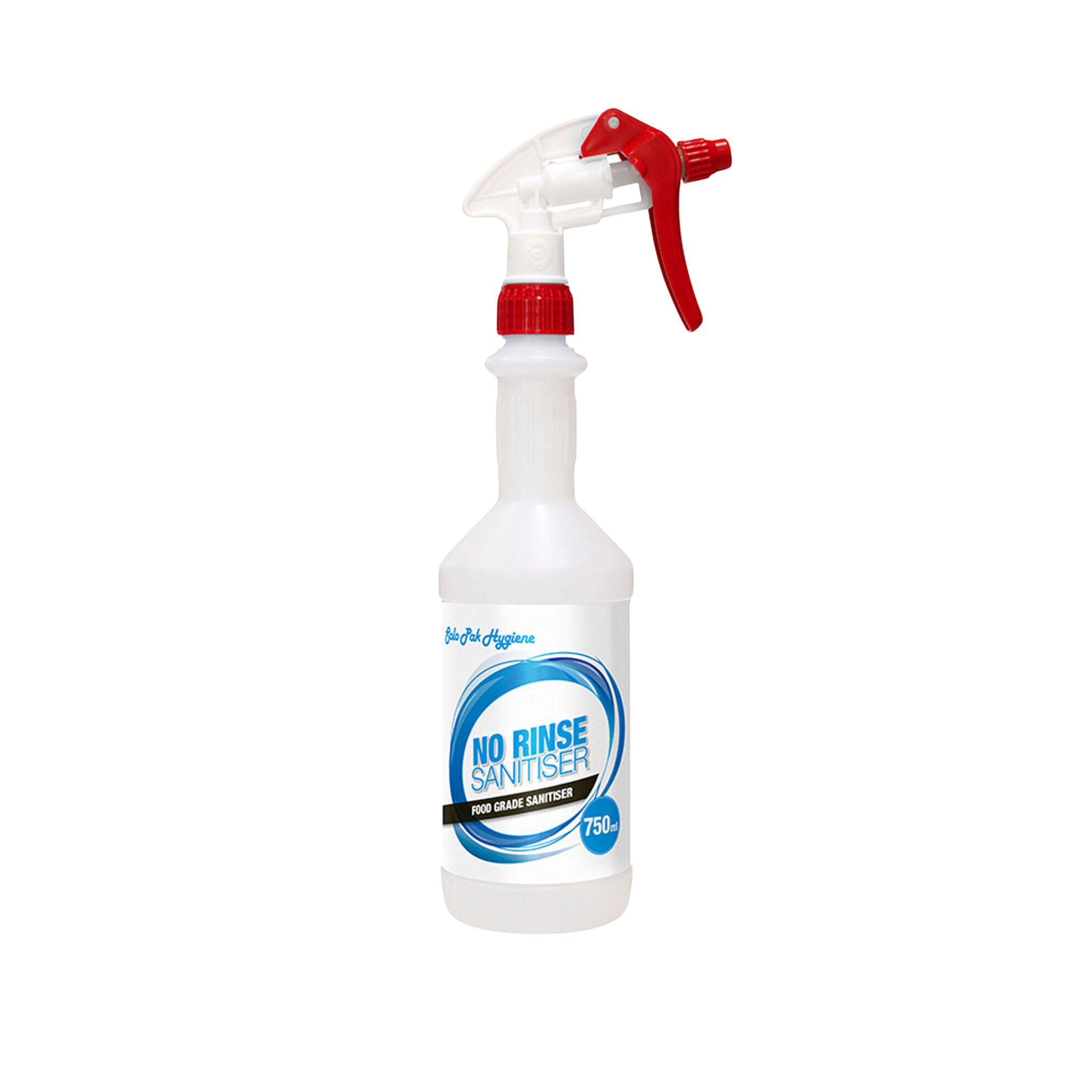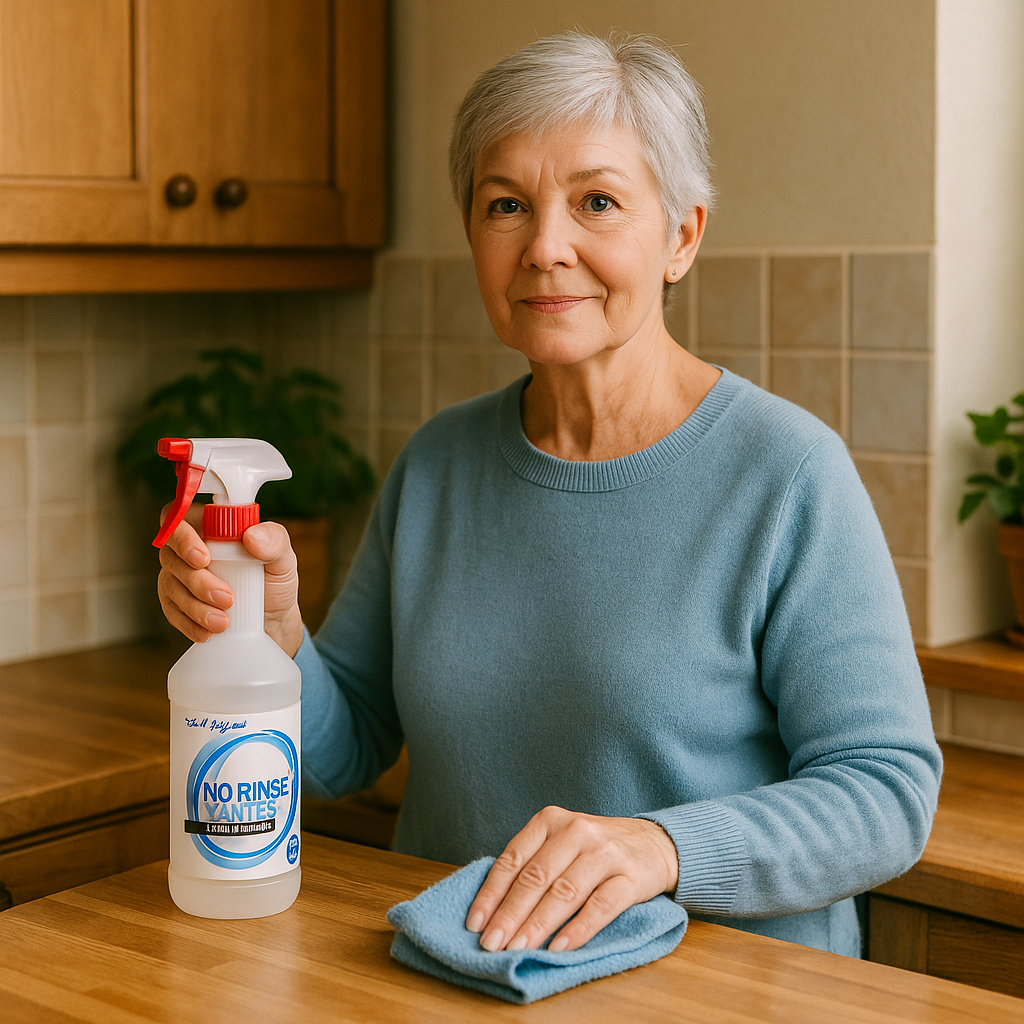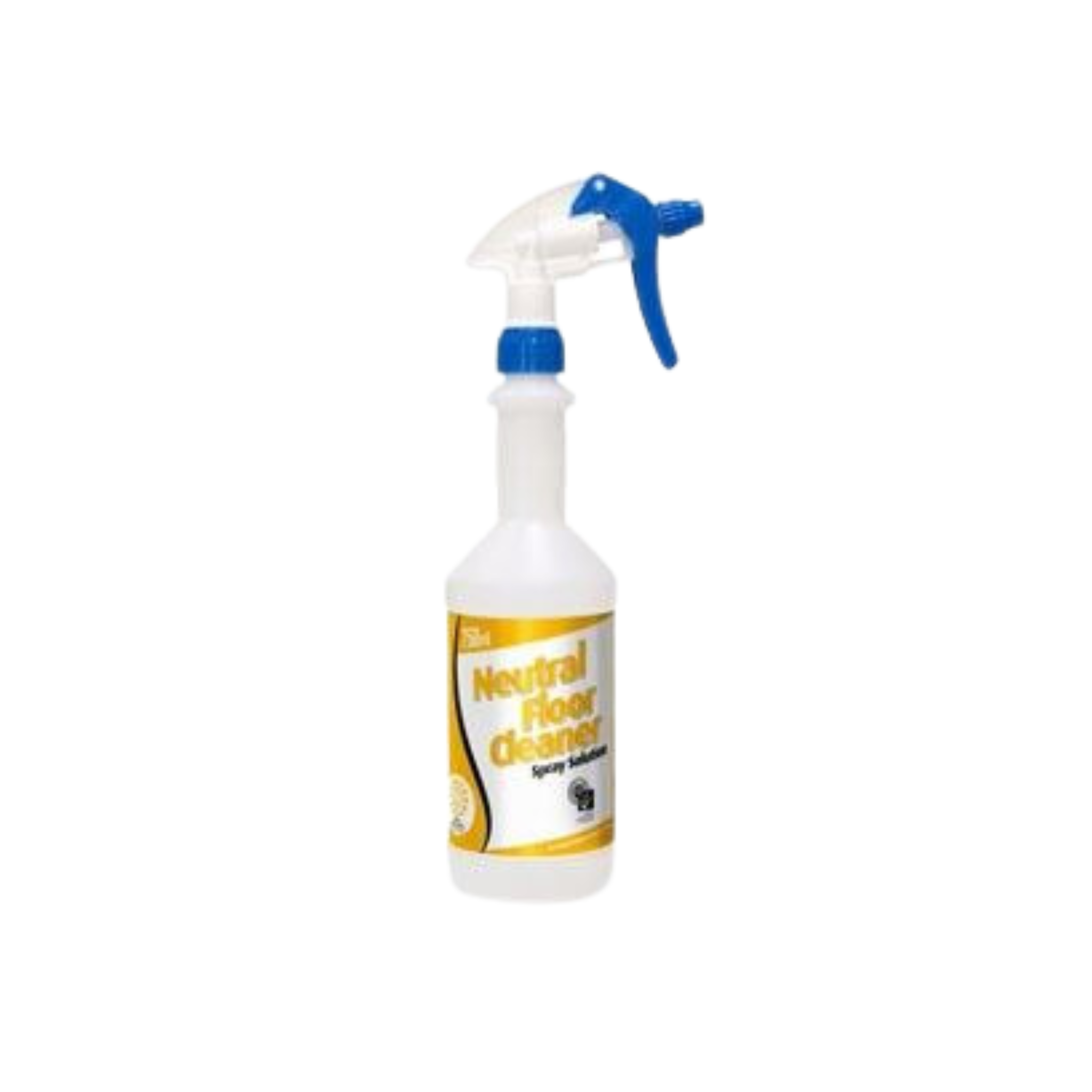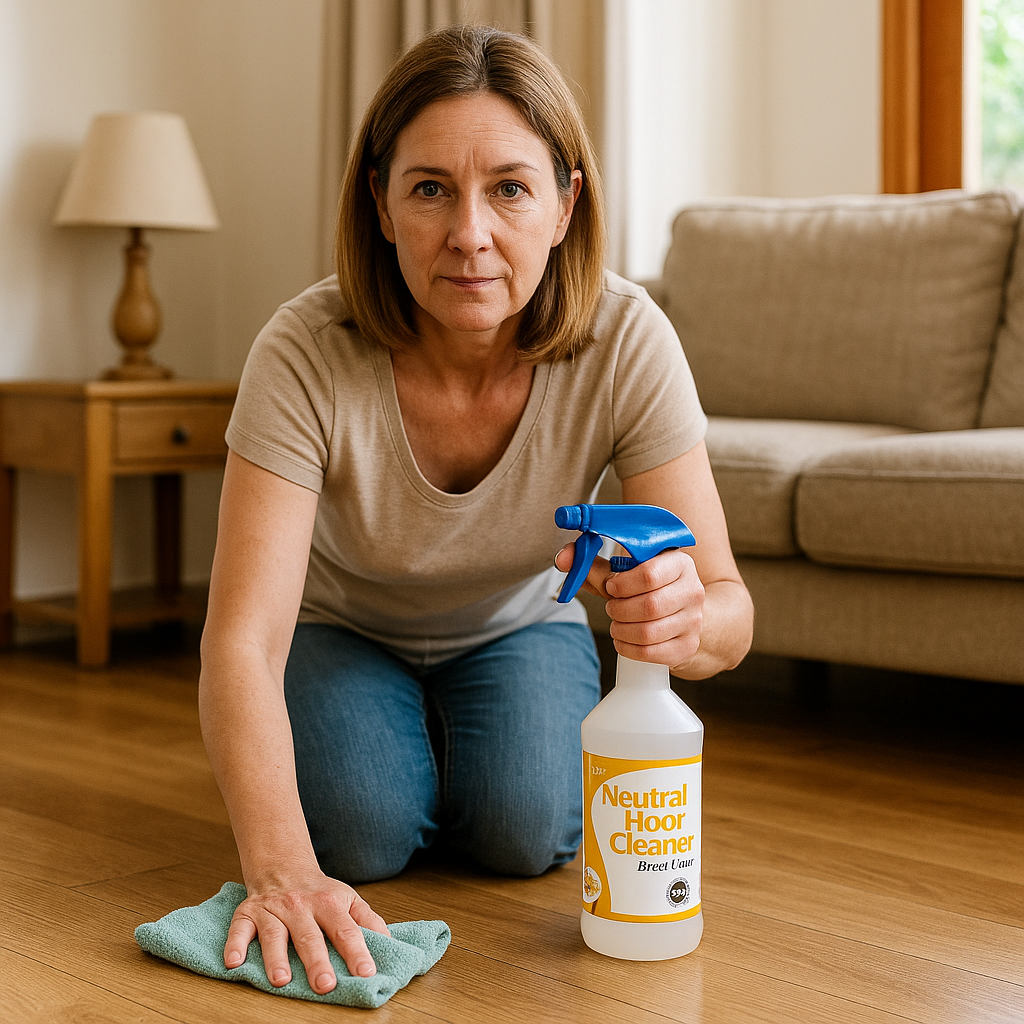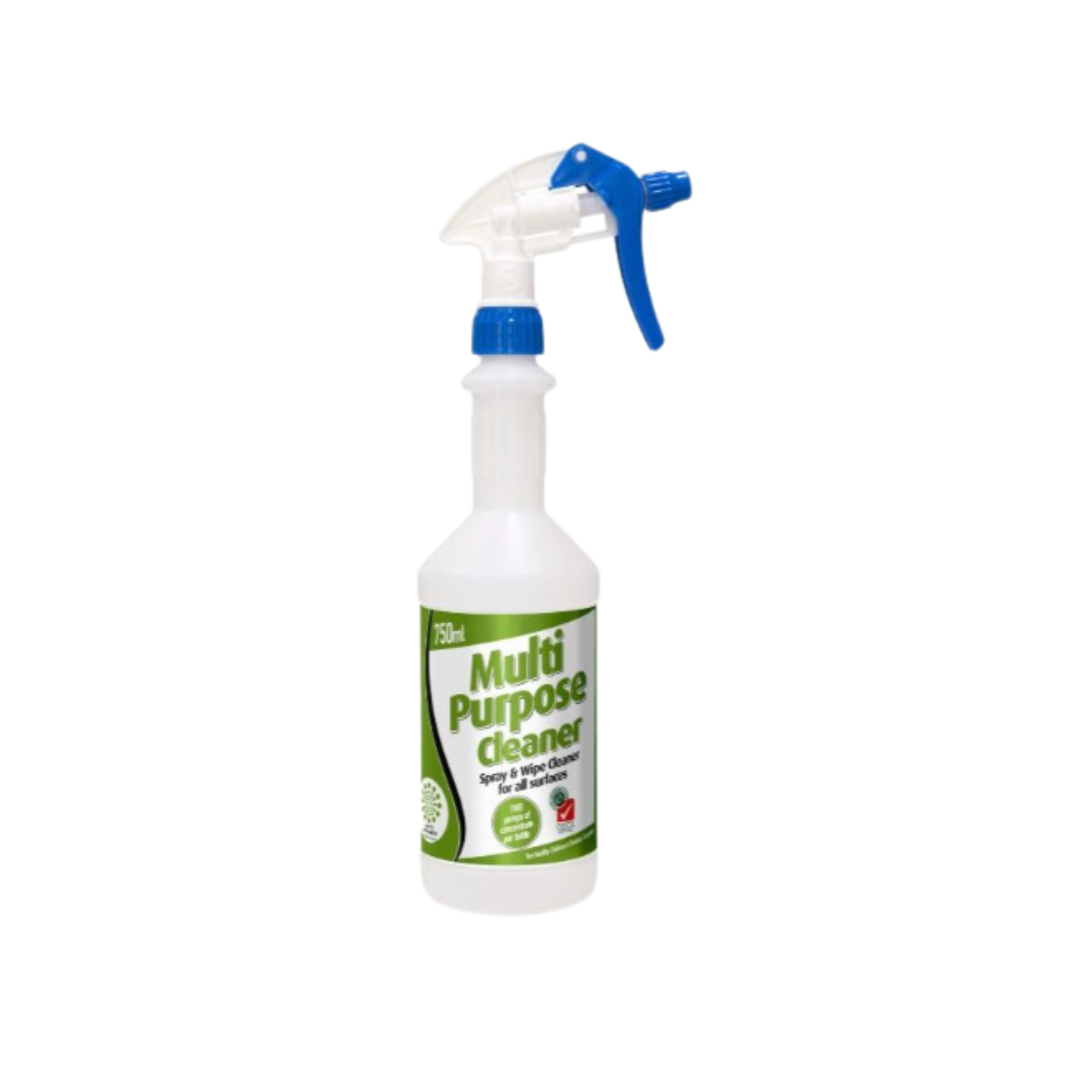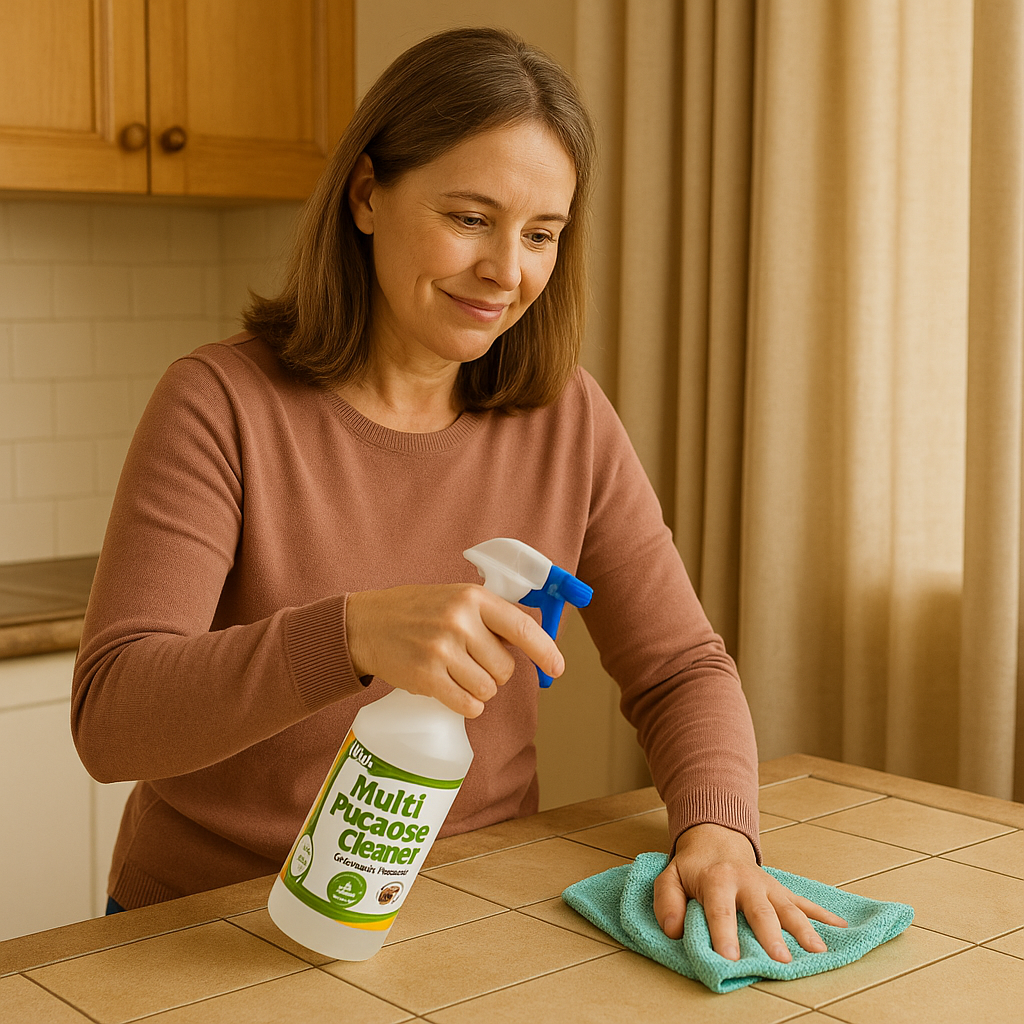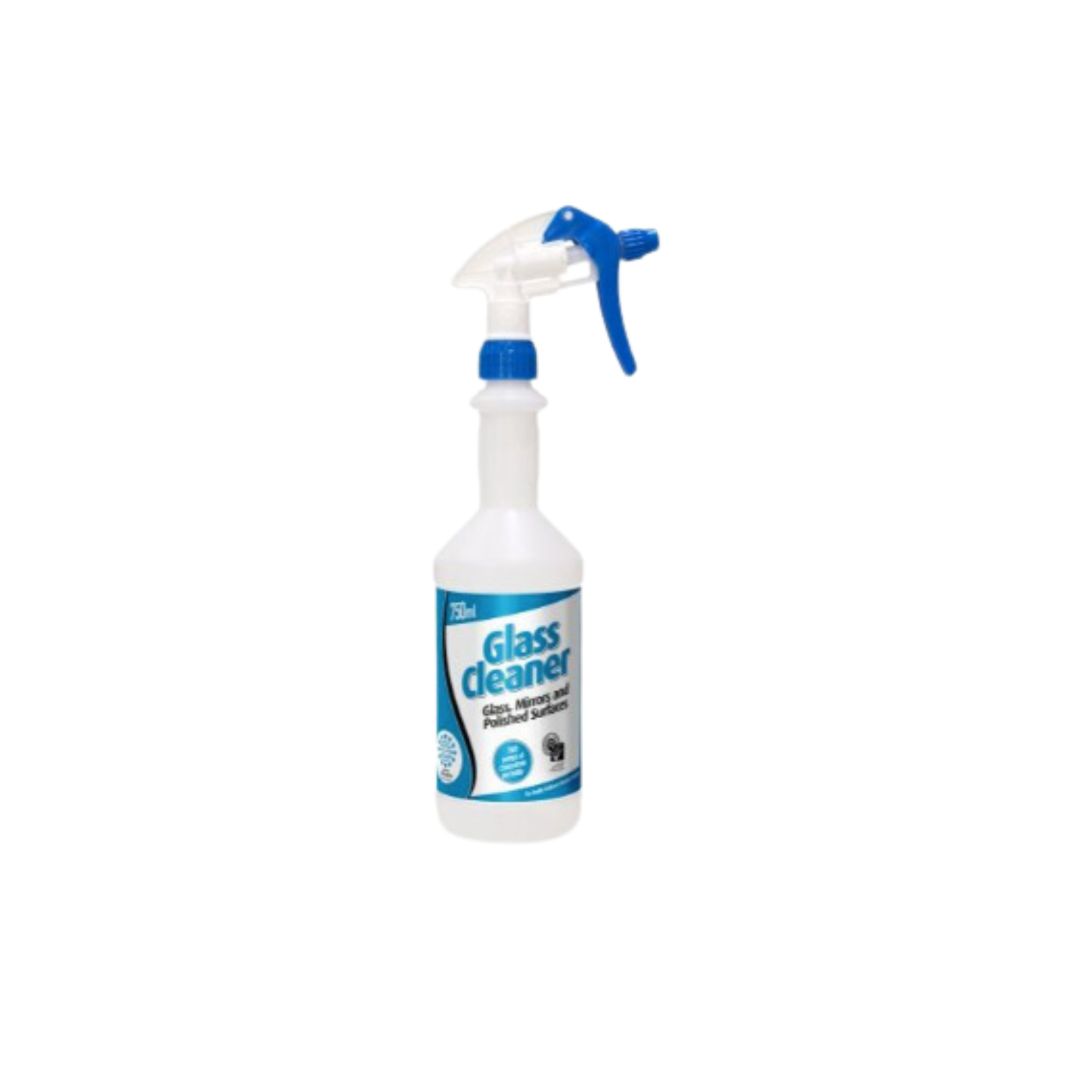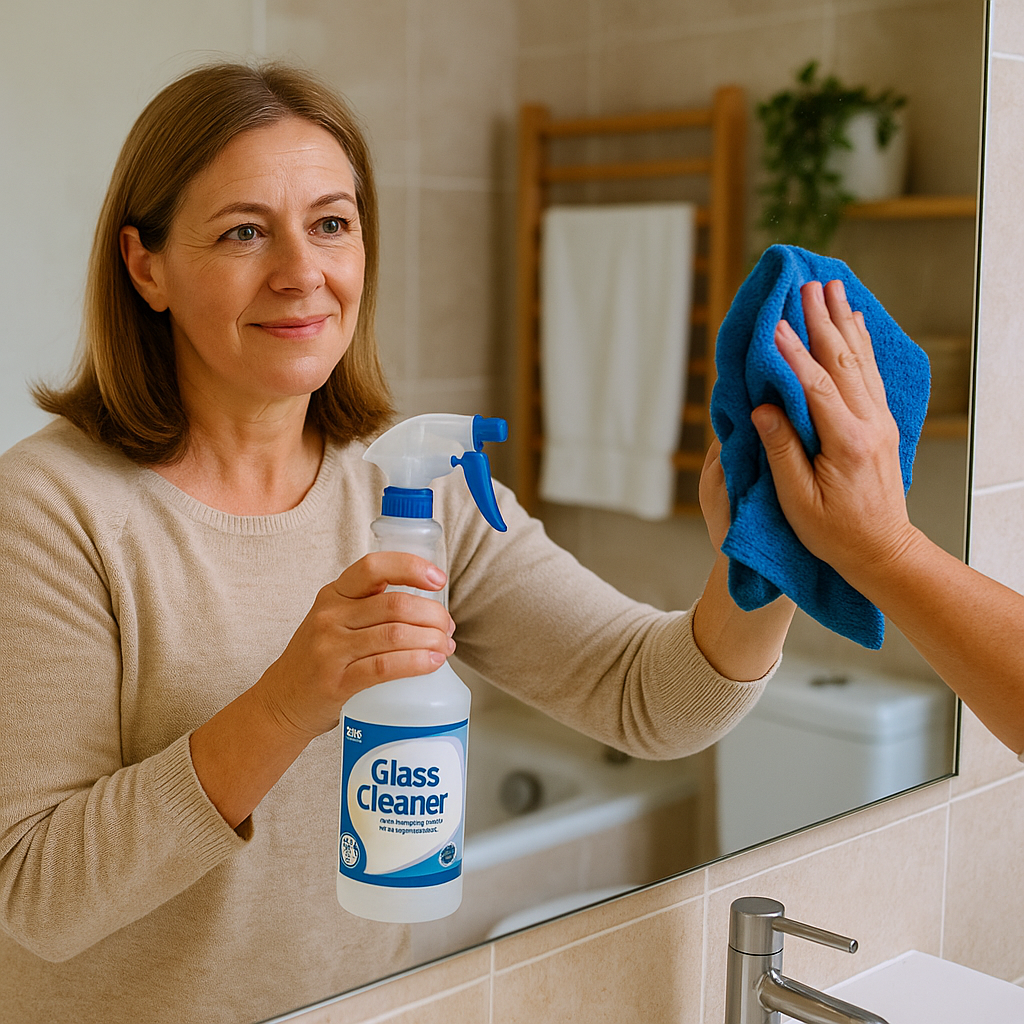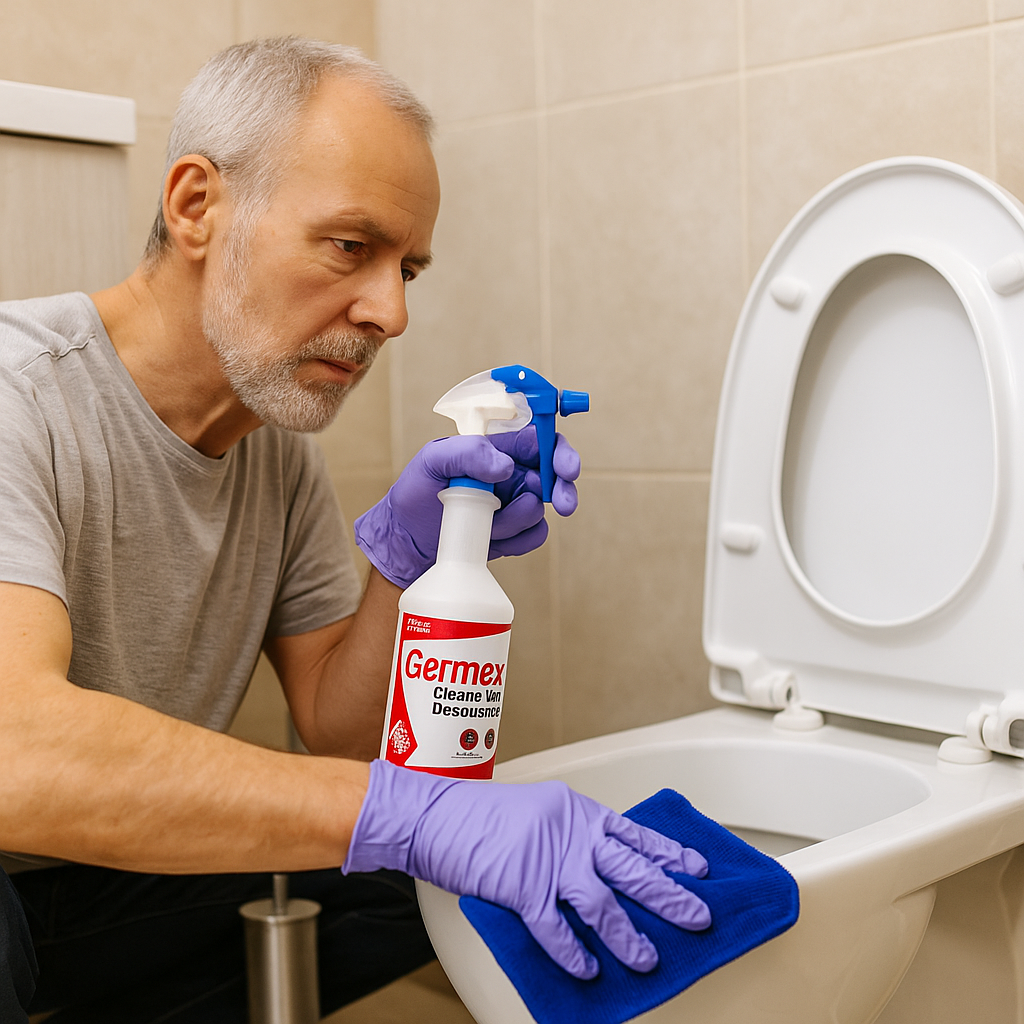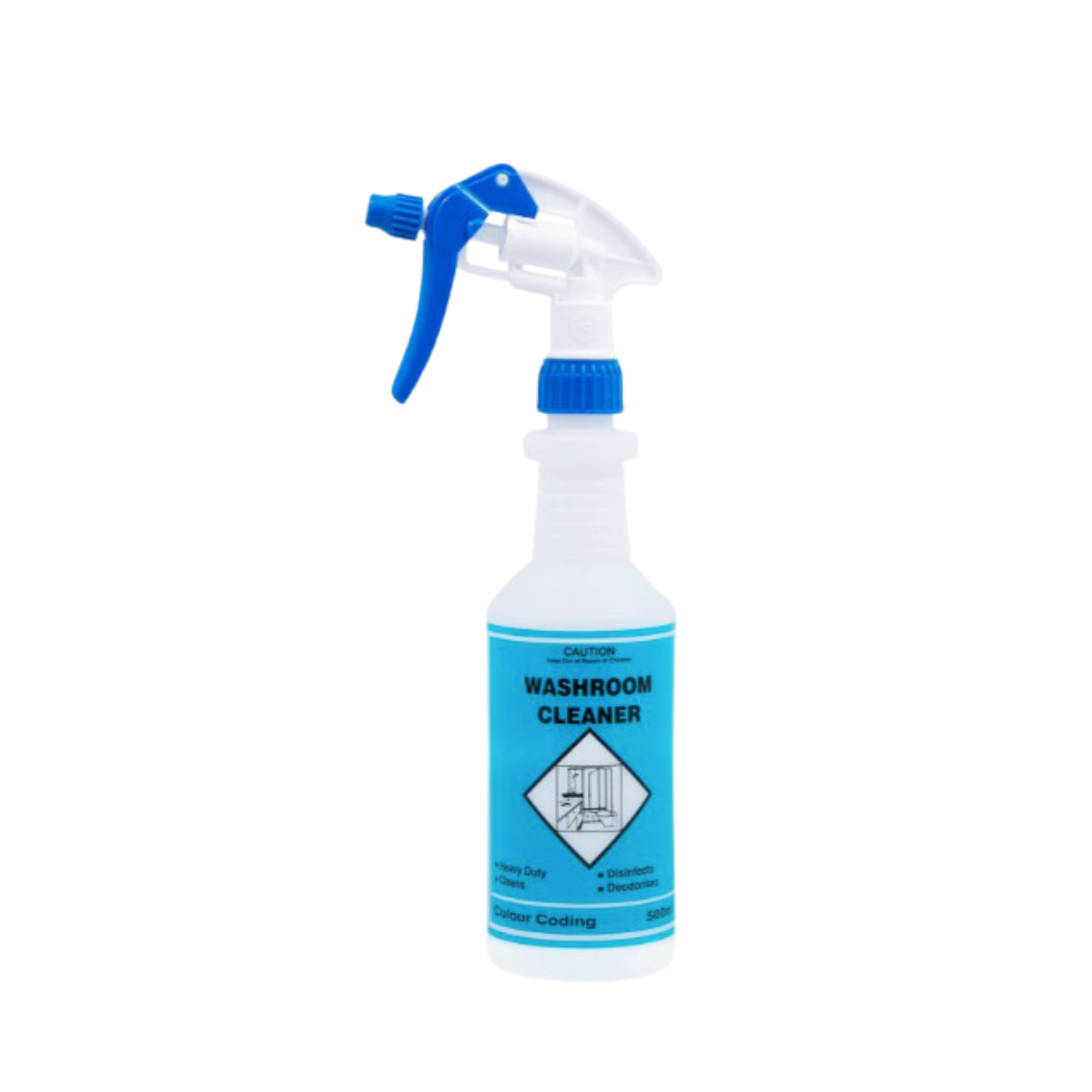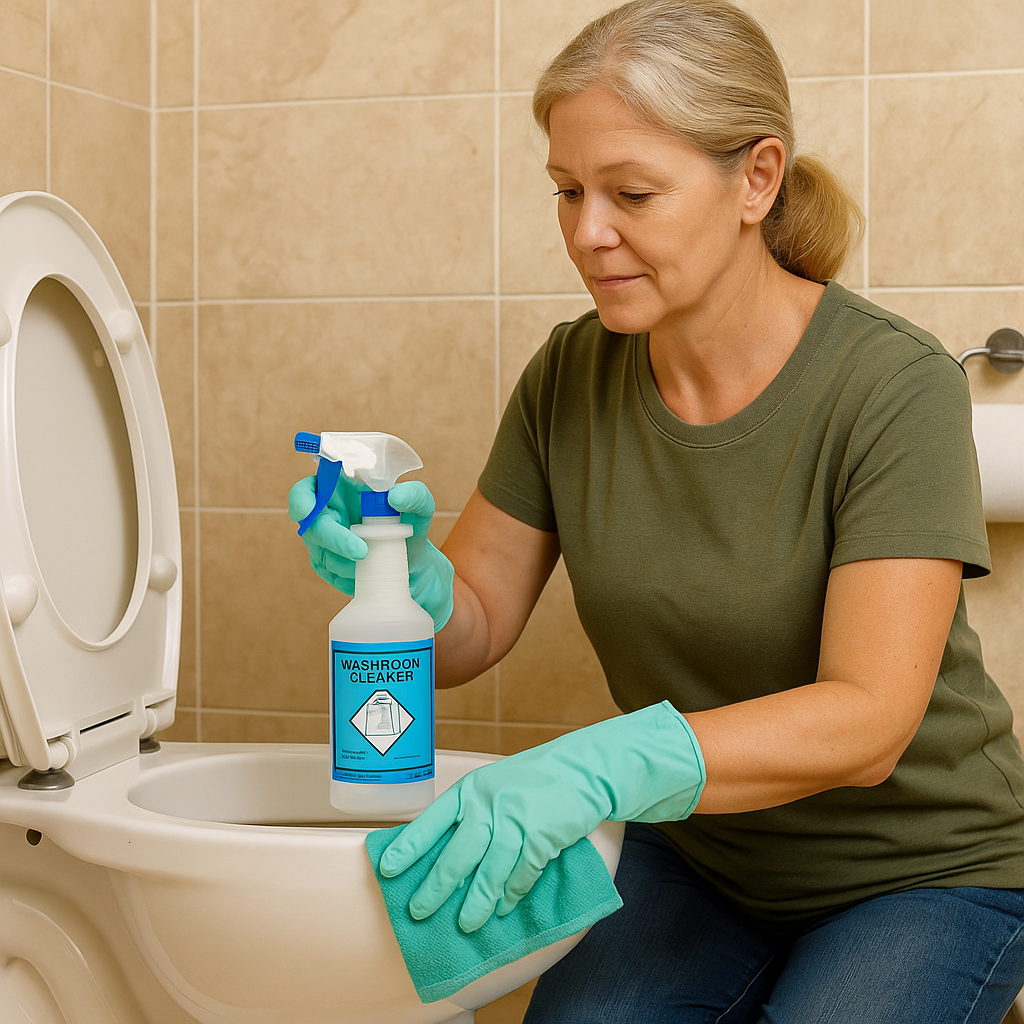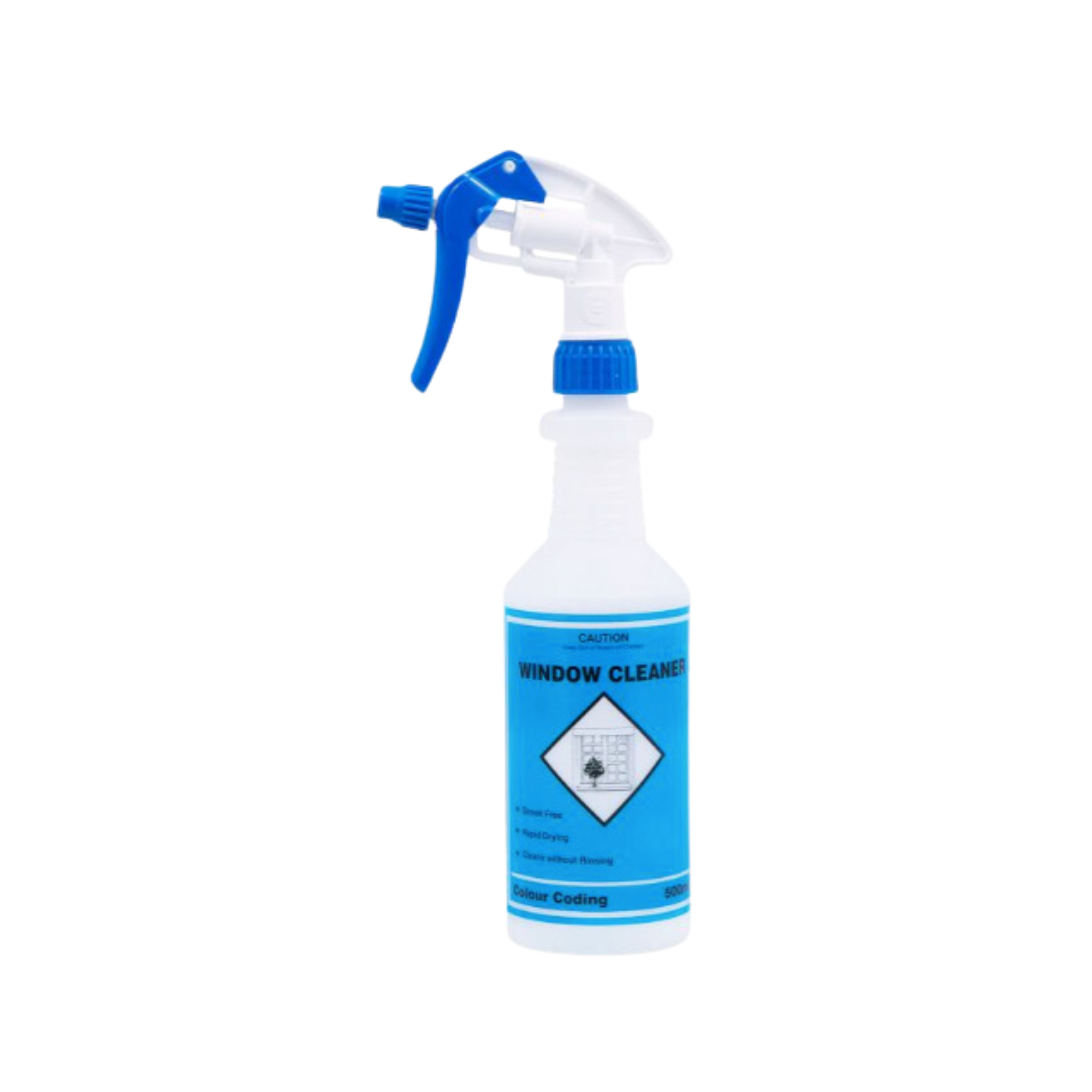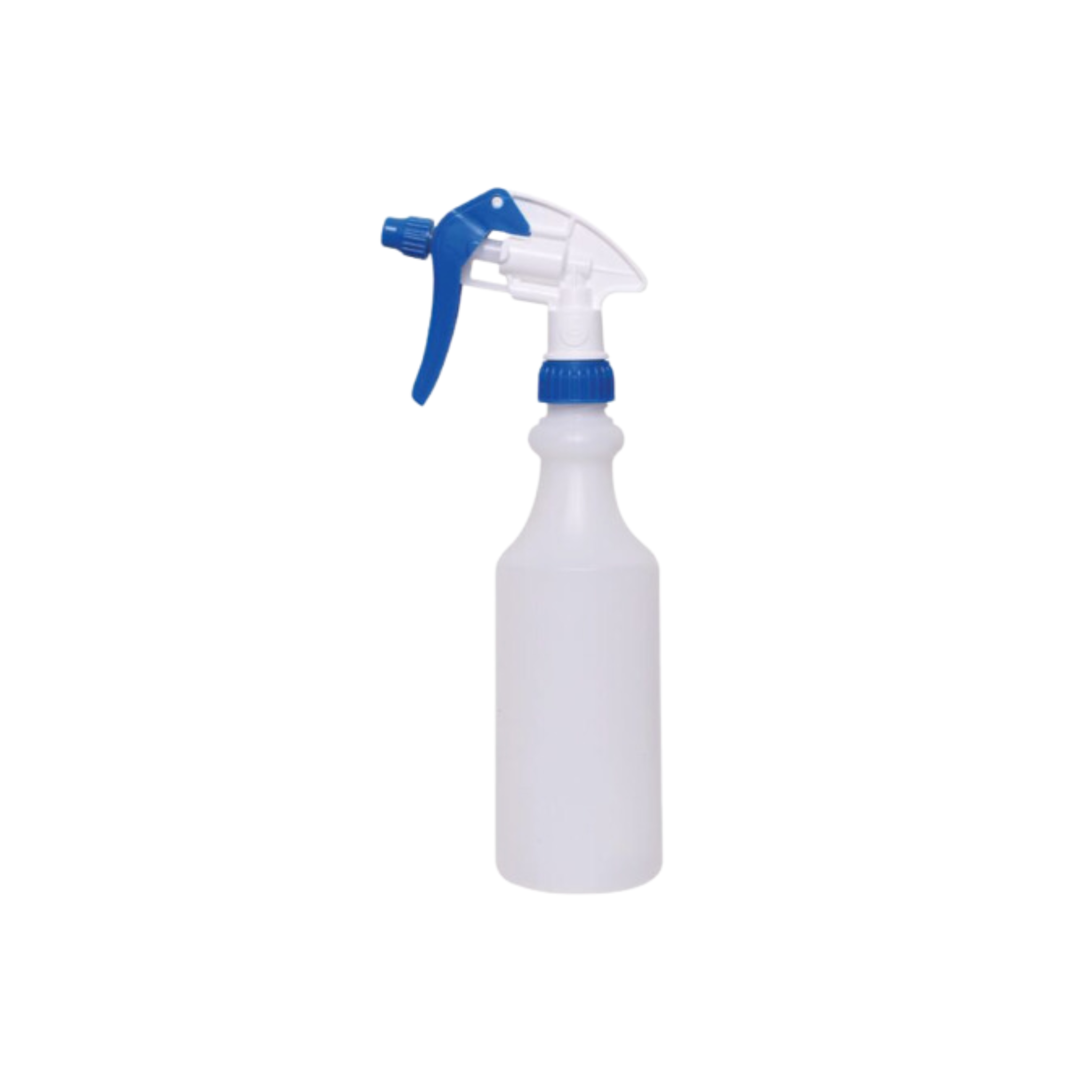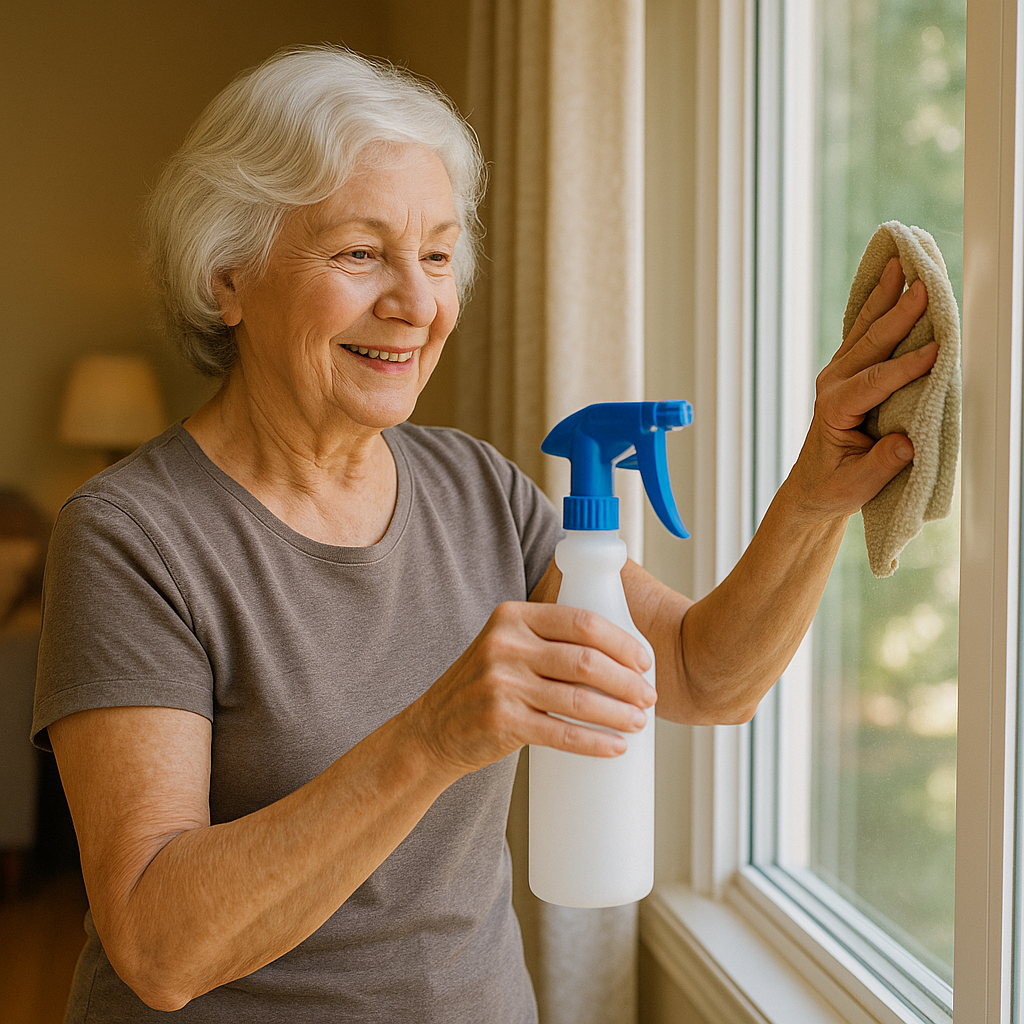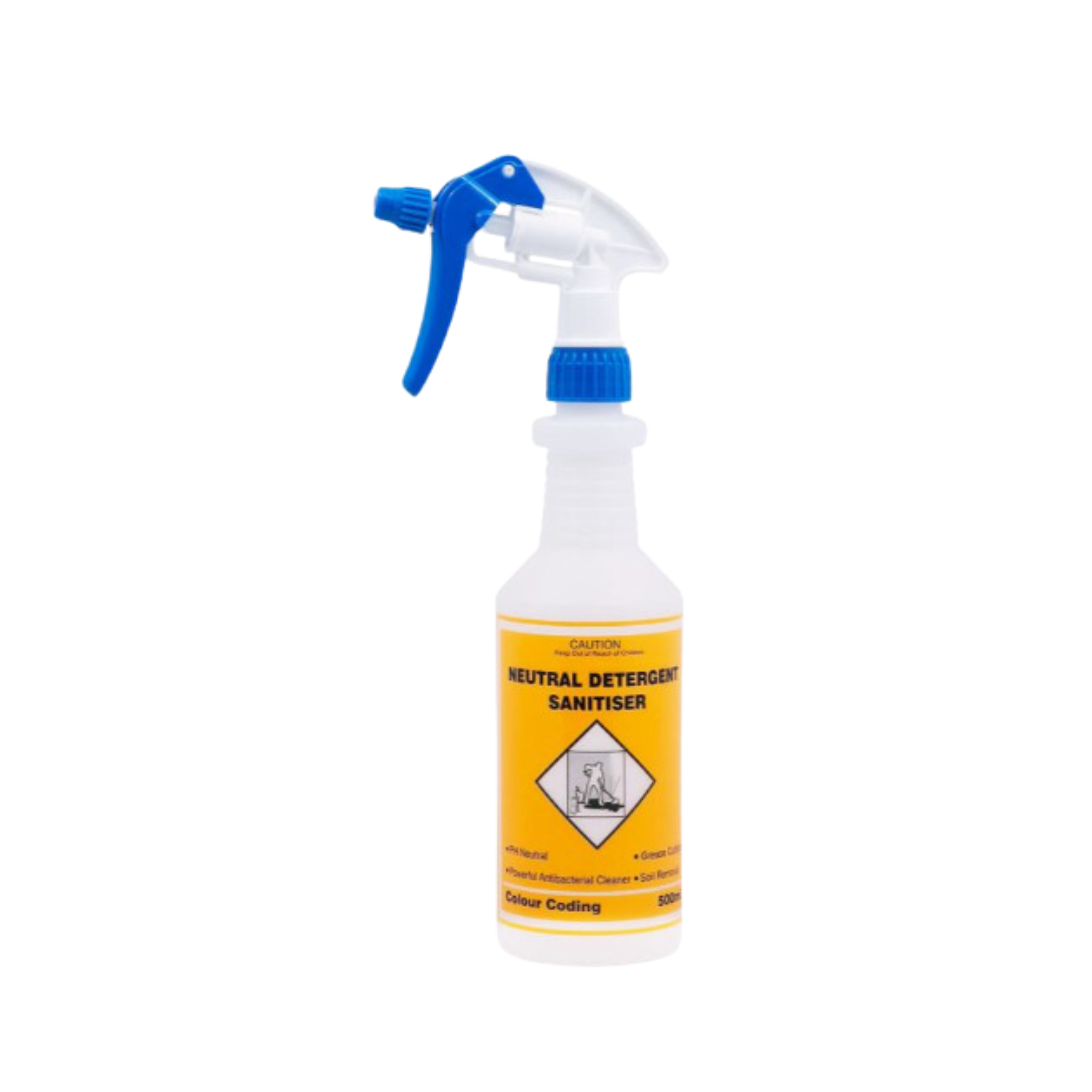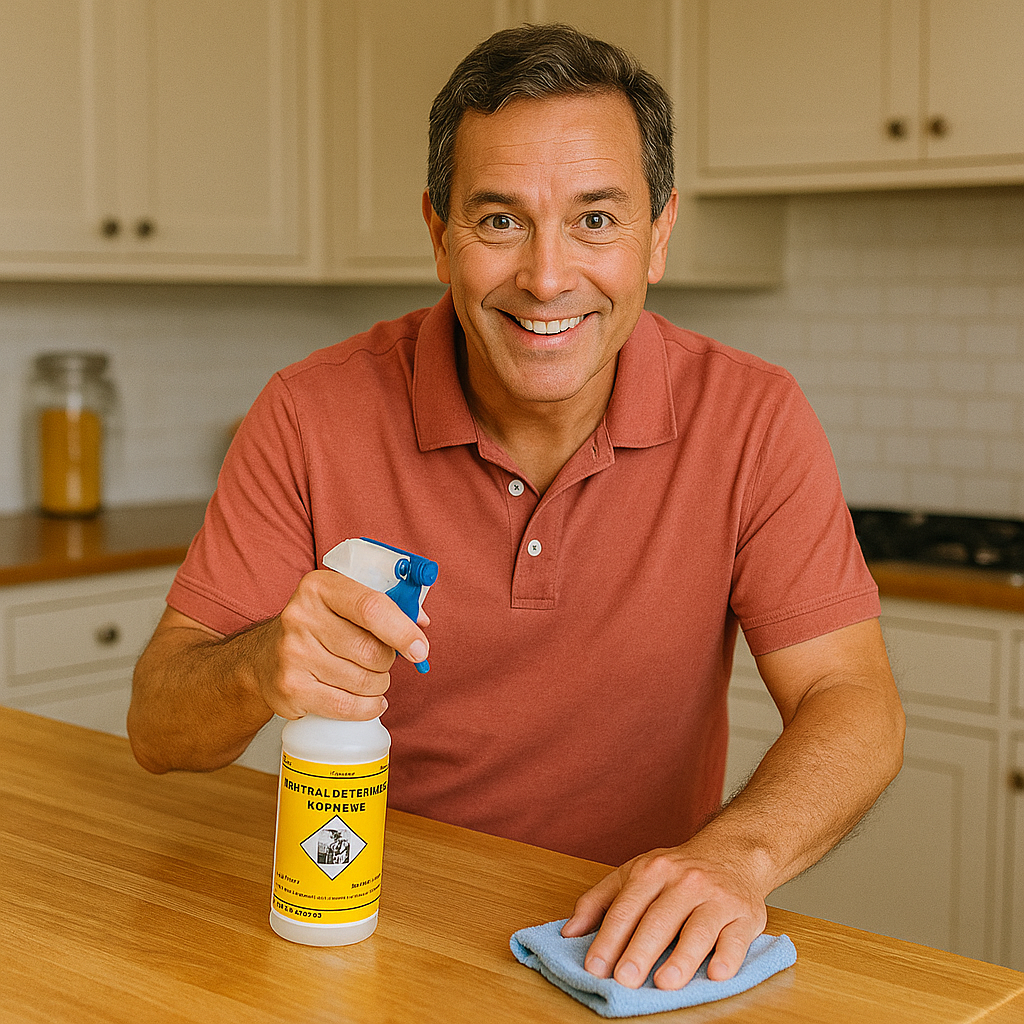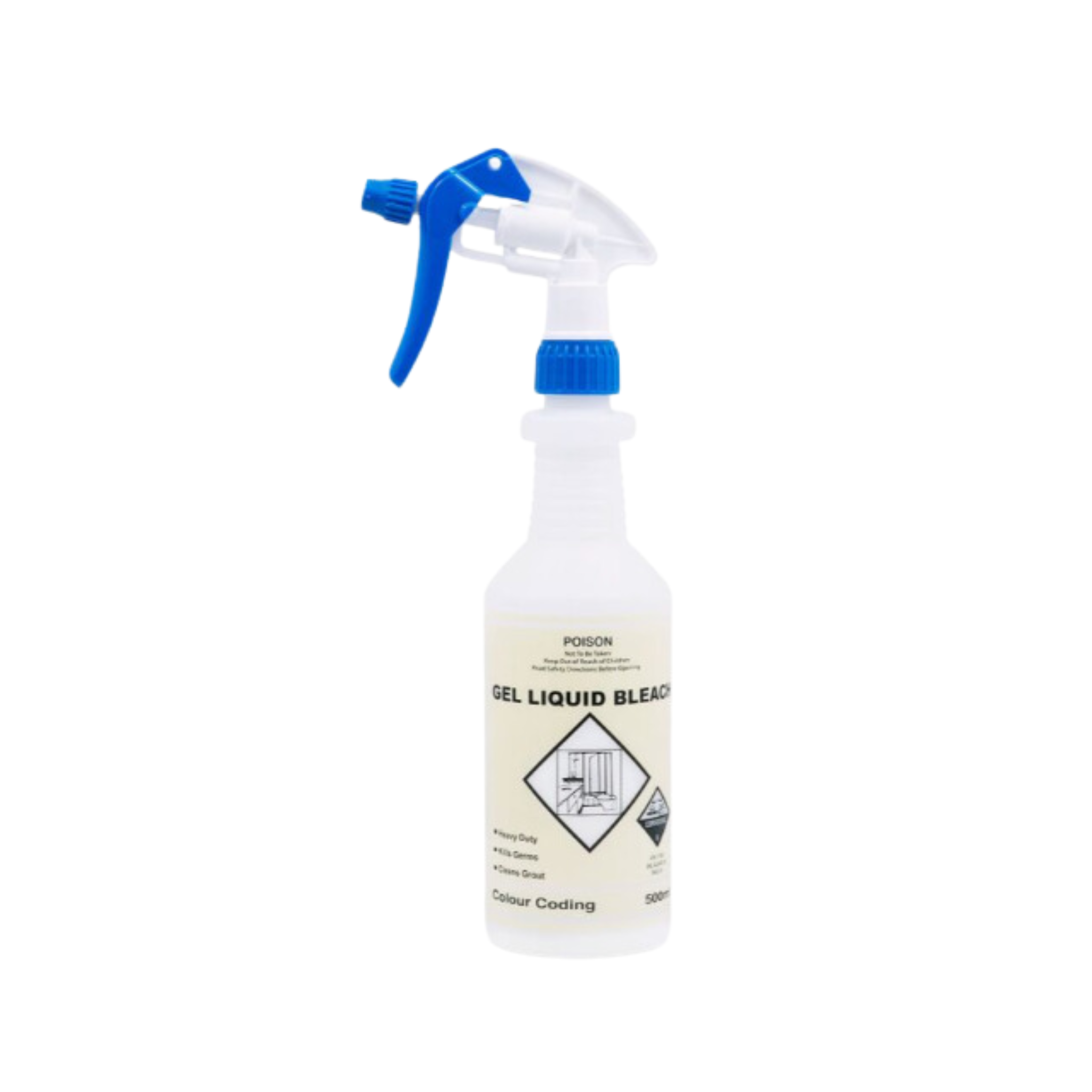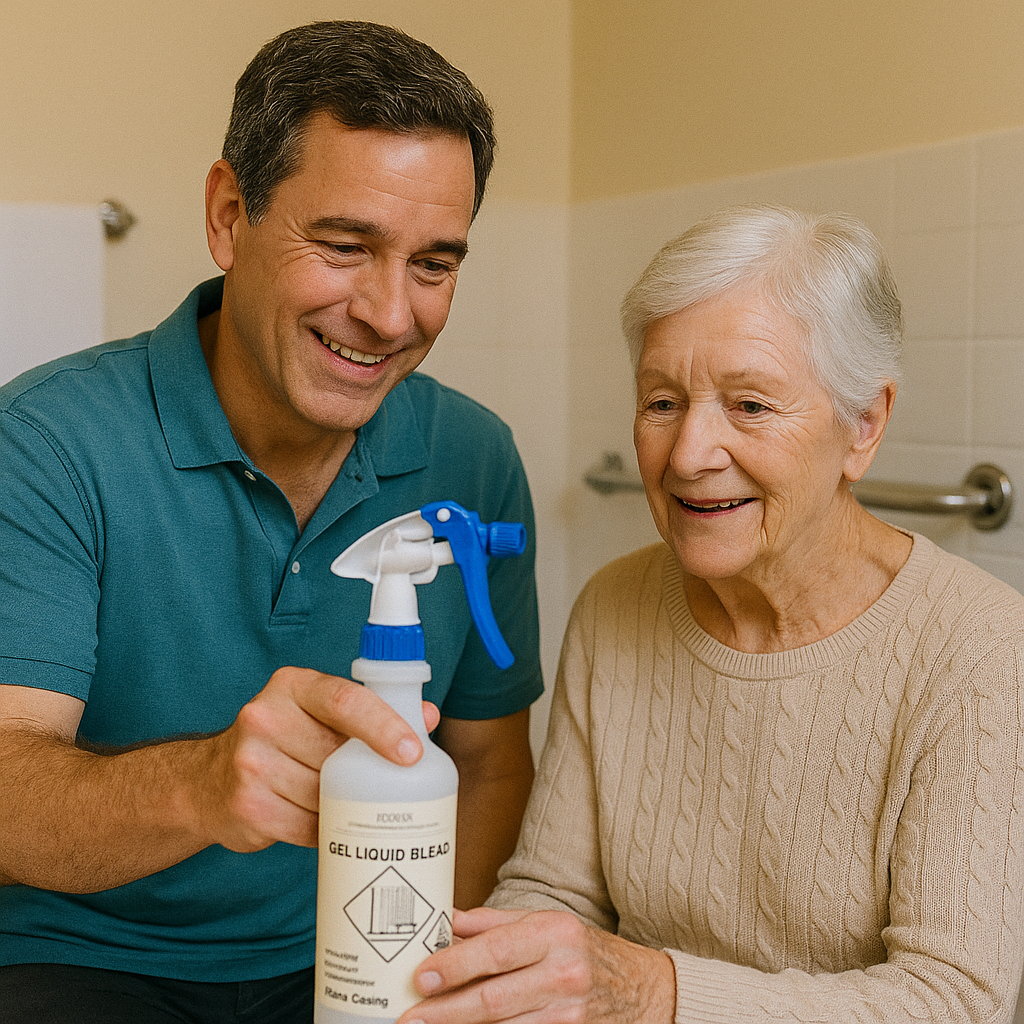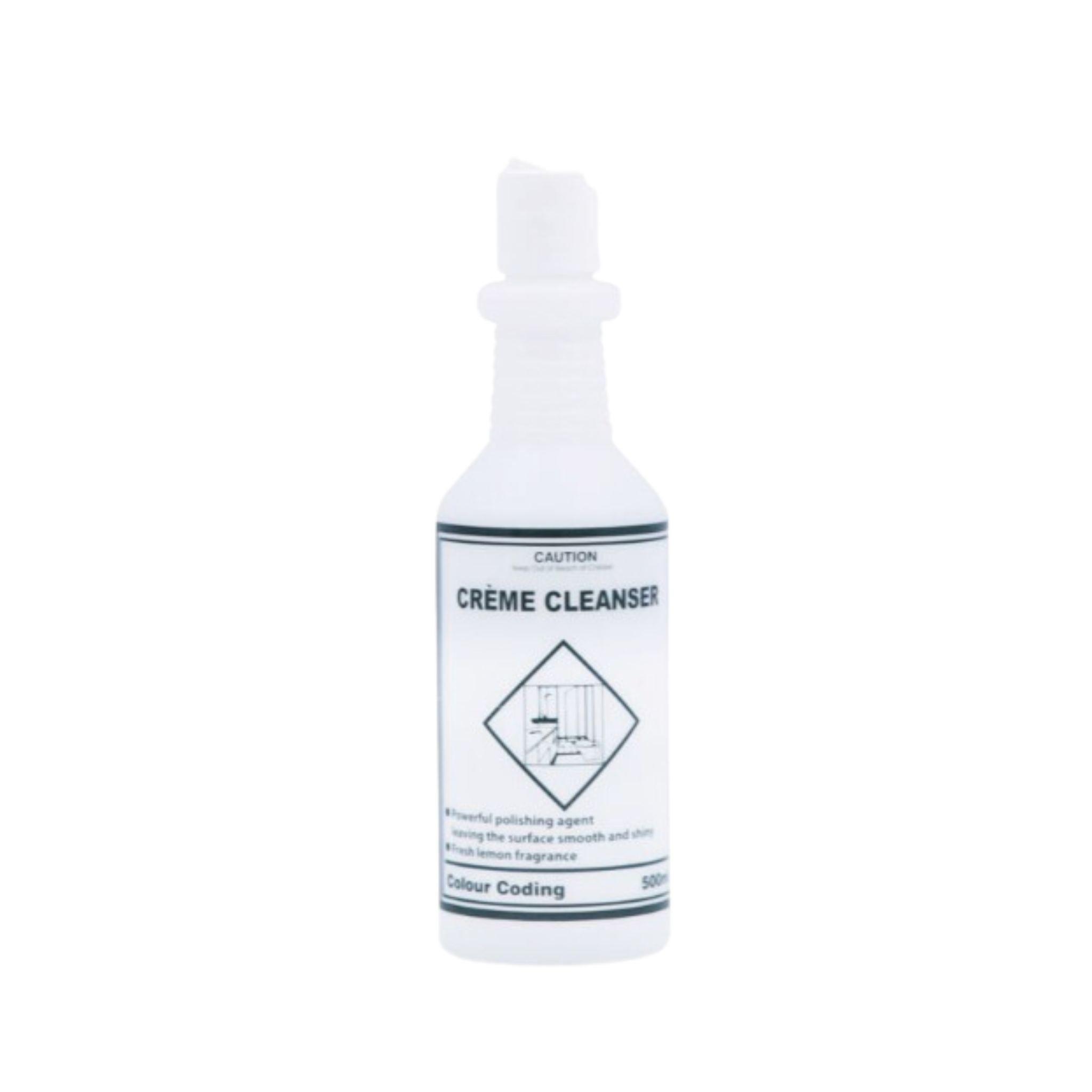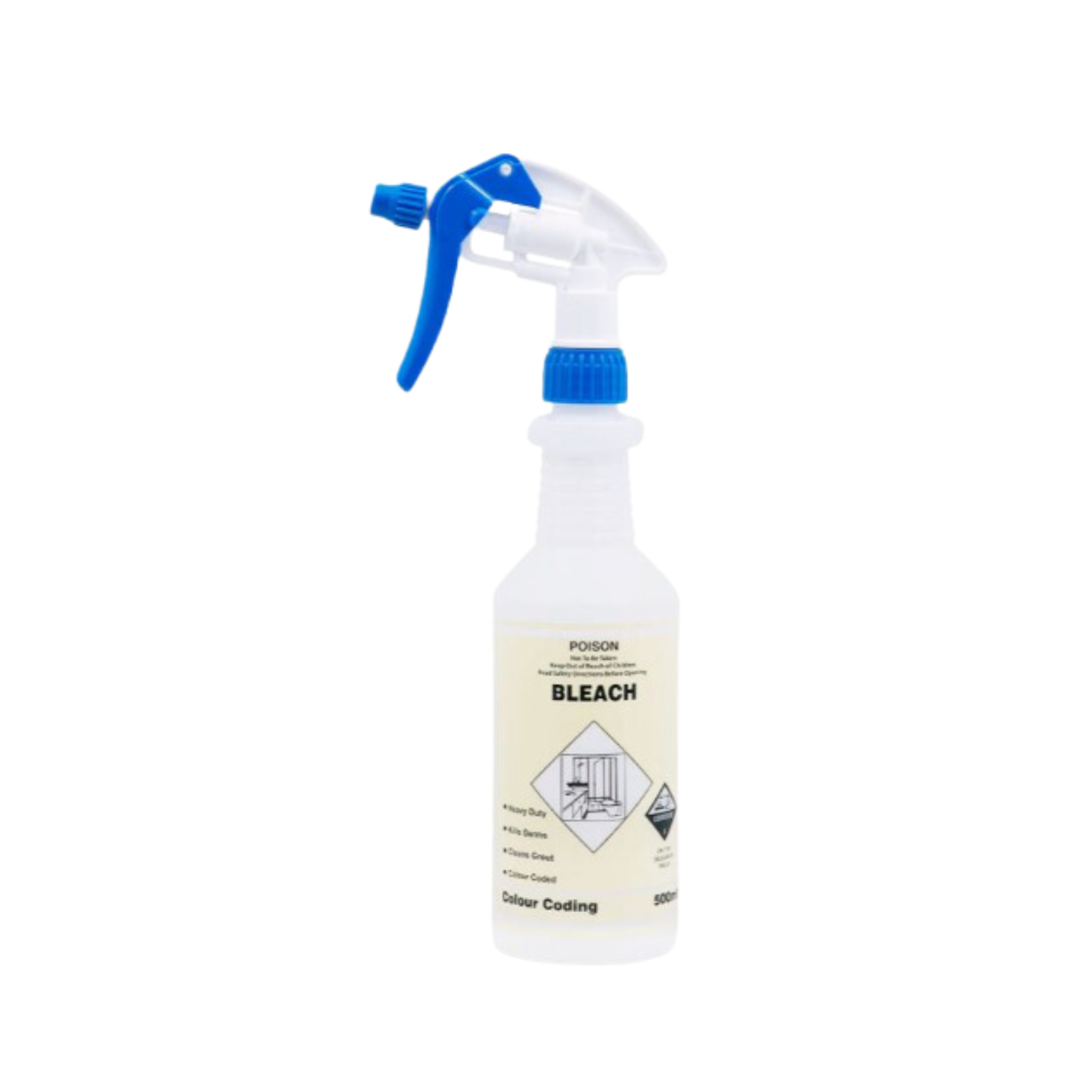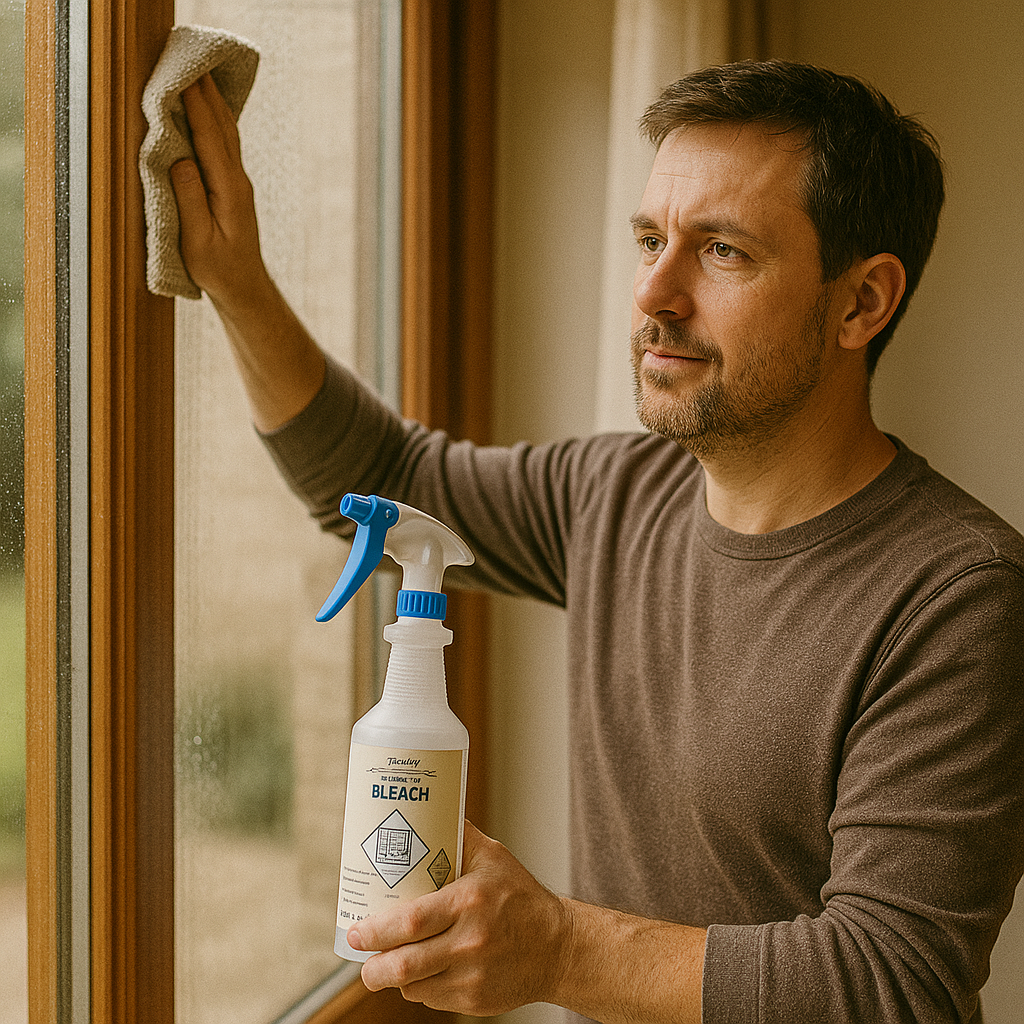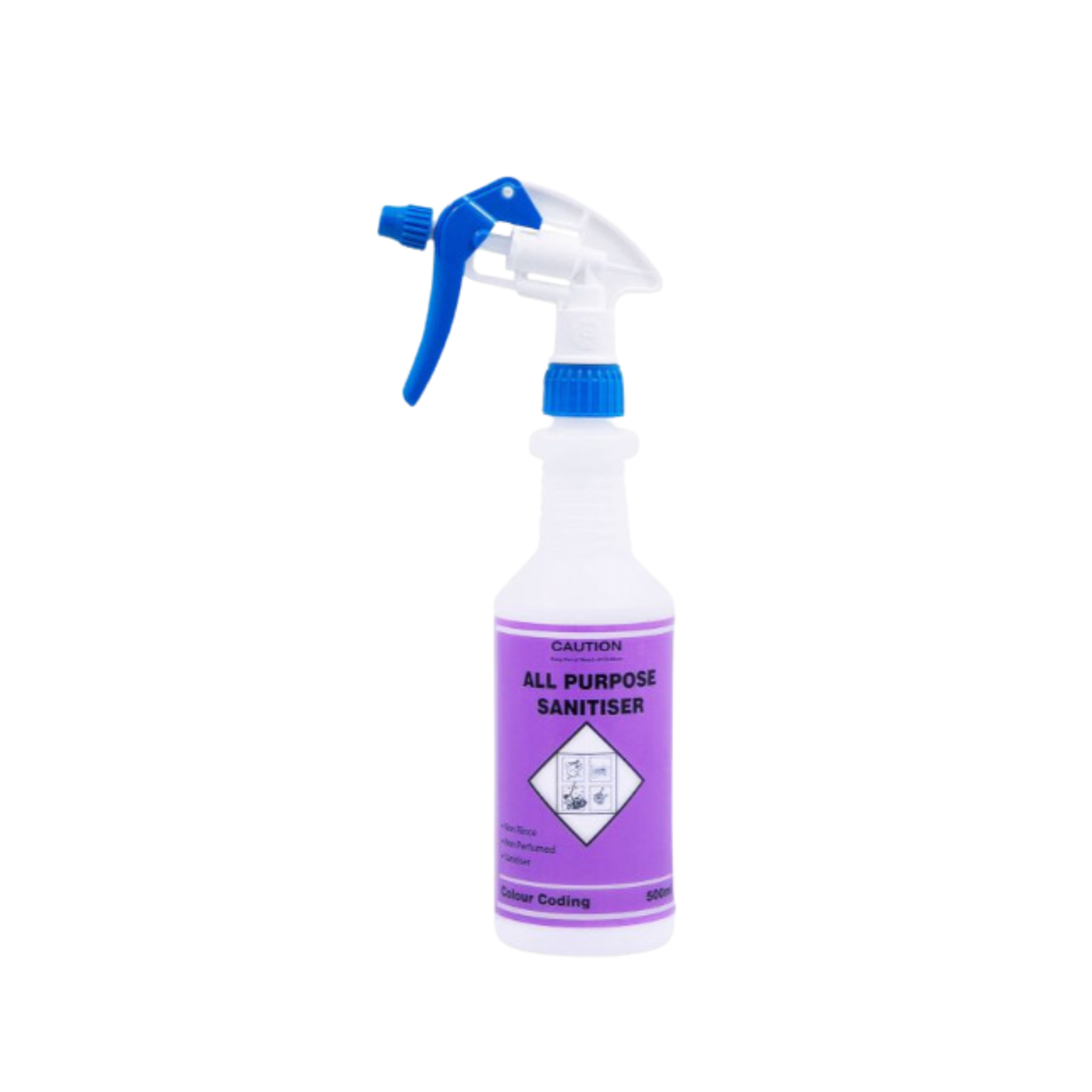Reliable Spray Bottles with Labels for Every Cleaning Task
Explore labelled and empty spray bottles for cleaning, water, bleach, and foam applications — safe, compliant, and built to last.
Summary
Whether you’re cleaning a commercial space, preparing a disinfectant solution, or watering indoor plants, having the right spray bottle makes all the difference. From foam bottle spray for kitchens to bleach spray bottles for bathrooms, spray bottles with labels are critical for safe chemical handling and workplace compliance. This guide covers everything you need to know about choosing, using and maintaining spray bottles for cleaning, including insights into labelling, safety regulations, and different spray mechanisms.
Why Spray Bottles Are Essential in Cleaning & Safety
Spray bottles are widely used in domestic, commercial, and industrial cleaning for their ease of use, portability, and precise application. However, not all spray bottles are created equal — and using the wrong type, or an unlabelled bottle, can have serious consequences.
Benefits of Proper Spray Bottles:
- Support safe chemical use through accurate labelling
- Allow for adjustable spray (mist, stream or foam)
- Help control product usage and reduce waste
- Comply with Work Health and Safety (WHS) chemical handling regulations
According to Safe Work Australia, any bottle of spray that contains a decanted chemical must be clearly labelled to prevent workplace accidents and ensure regulatory compliance.
Popular Spray Bottle Types and Their Uses
-
1. Trigger Spray Bottles for Cleaning
The trigger spray bottle is the most versatile type, commonly used in janitorial, hospitality, and household settings. These bottles come in multiple sizes, typically 750ml spray bottles, and offer an adjustable nozzle for either mist or stream application.
Applications:
- General purpose cleaning
- Surface sanitising
- Glass cleaning (e.g. window cleaner spray bottle)
- Bathroom disinfection
Use a spray bottle for cleaning with compatible disinfectants or degreasers, ensuring the product is correctly diluted and labelled.
-
2. Foaming Spray Bottles
Foam spray technology is ideal for cleaning greasy or vertical surfaces. A foaming spray bottle dispenses thick foam that clings to surfaces, allowing longer dwell time and enhanced cleaning performance.
Use Cases:
- Commercial kitchens
- Tile grout cleaning
- Soap scum removal in bathrooms
- Degreasing engines or tools
Choose a foam bottle spray with a chemical-resistant trigger to handle caustic or oil-based solutions safely.
-
3. Spray Bottle with Water
Sometimes a simple spray bottle with water is all that’s needed — for misting plants, ironing clothes, or cooling surfaces. Water-only bottles often come without labels, but clear identification is still helpful in shared environments.
For this purpose, select empty spray bottles made of food-safe plastic (like HDPE or PET), and use colour-coded triggers if used near food prep zones. -
4. Bleach and Chemical-Safe Bottles
Handling harsh substances like bleach requires purpose-designed spray bottles. A bleach spray bottle should feature:
- Thick, chemical-resistant plastic
- Corrosion-resistant trigger head
- Clear, compliant labelling (including first aid and hazard icons)
Unlabelled bleach bottles are a major OH&S risk. Pre-labelled or printable labels are essential, especially in commercial settings.
Featured Products
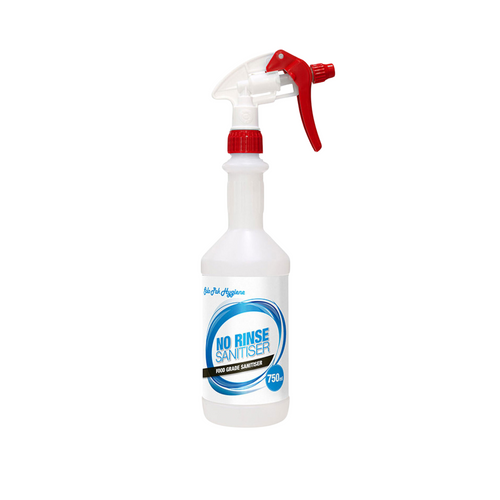
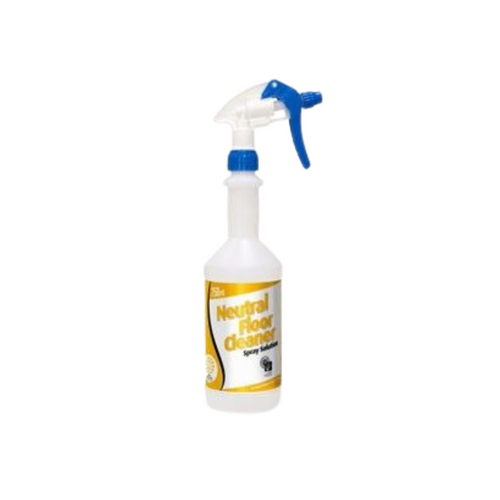
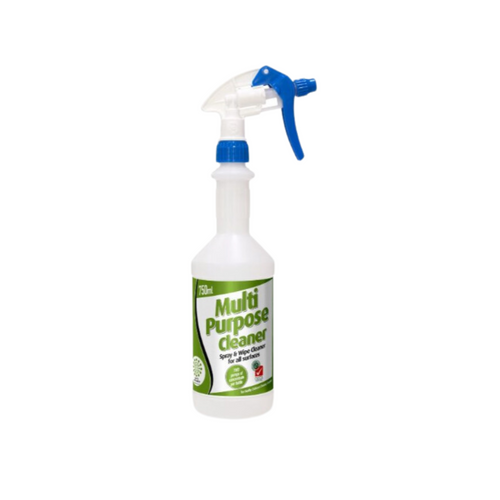
Key Features to Consider When Choosing a Spray Bottle
1. Material Safety
Choose bottles made from high-density polyethylene (HDPE) or polypropylene (PP) for resistance to corrosive chemicals. Avoid using standard plastic bottles for strong acids or bleaches.
2. Label Clarity
All decanted chemicals must be labelled under Australian WHS law. Pre-labelled bottles — such as “window cleaner”, “neutral detergent”, or “disinfectant” — reduce the chance of human error.
3. Volume
- 500ml spray bottles: Ideal for light-duty or portable use
- 750ml spray bottles: Standard commercial size, compatible with bulk chemicals
4. Nozzle Type
- Fine mist: For glass and plants
- Stream: For spot-cleaning
- Foam: For grease and soap scum
The Importance of Labelling: Safety & Compliance
Using labelled spray bottles is a legal and practical necessity. Incorrect or missing labels can lead to injuries, legal issues, and ineffective cleaning.
What a Label Should Include:
- Chemical name or purpose
- Hazard pictograms (e.g. corrosive, flammable)
- Directions for use
- First aid instructions
Many suppliers now offer pre-labelled trigger spray bottles tailored to specific chemicals — such as washroom cleaner, dishwashing liquid, or floor sanitiser.
Tip: Always cross-reference the product’s Safety Data Sheet (SDS) when labelling an empty spray bottle to ensure accuracy.
Conclusion
A well-selected spray bottle doesn’t just deliver convenience — it enhances safety, boosts efficiency, and ensures compliance with chemical handling standards. From foam spray bottles for degreasing to labelled trigger bottles for daily sanitation, having the right tool for the task matters.
Whether you're looking for an empty spray bottle to customise your own solutions, or pre-labelled bottles for streamlined workflows, your cleaning routine will be cleaner, safer and smarter with the right setup.
Get organised with professional-grade spray bottles.
Explore our range of high-performance labelled spray bottles, trigger heads, and compliant solutions — for cleaning, sanitation, and general use.
📞 Call 1300 615 193 or order online at our website.
